Papal Election: A Comprehensive Look At The Conclave
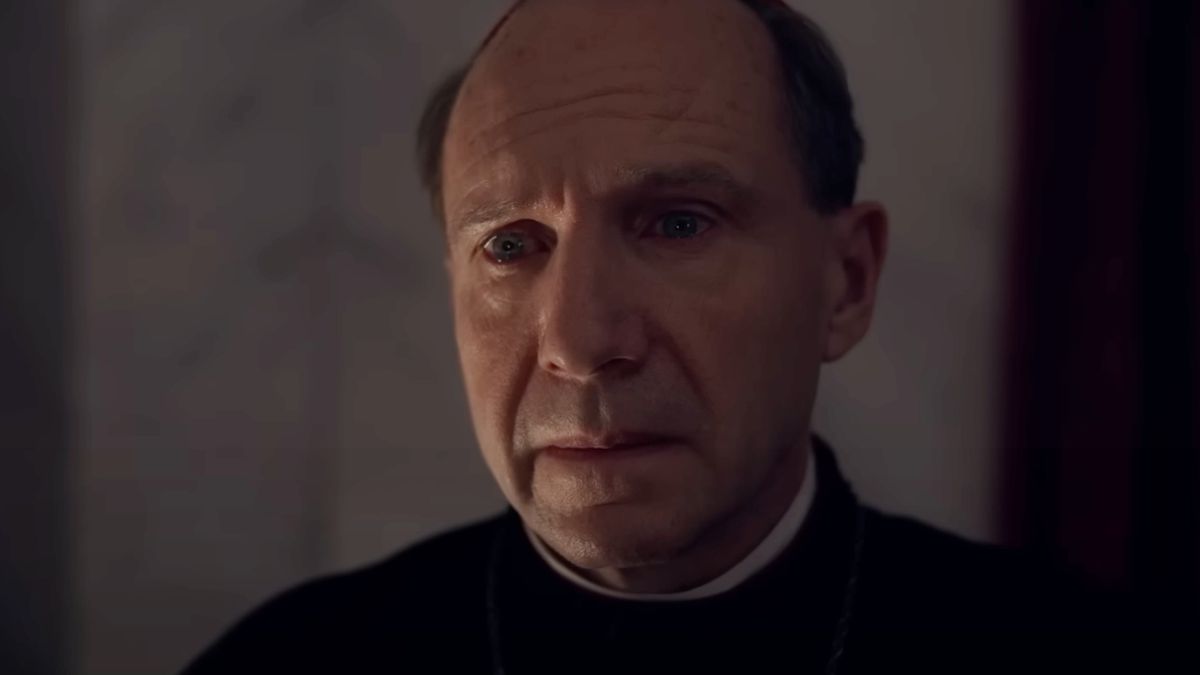
Table of Contents
History and Tradition of the Papal Conclave
The process of electing a Pope has evolved significantly over centuries. Early Papal elections were often fraught with political maneuvering and even violence, lacking the structured system we see today. These early elections sometimes involved the Roman populace directly, leading to chaotic and unpredictable outcomes. The need for a more formalized process became increasingly apparent, eventually leading to the development of the Conclave.
The formal Conclave system, as we largely recognize it, emerged gradually over time. Key historical moments helped shape its procedures. The 1274 Council of Lyons, for instance, introduced significant reforms aimed at preventing protracted and contentious elections. These reforms included confining the cardinals to a specific location, limiting their access to outside influences, and setting time limits for the election.
- Early forms of Papal elections were often influenced by powerful secular rulers and factions within the Church, resulting in controversial selections.
- The introduction of the Conclave system in the 13th century marked a turning point, aiming to create a more structured and less politically influenced process.
- Notable changes and reforms to the Conclave process have continued throughout history, reflecting the evolving needs and challenges of the Church. These changes often aimed to streamline the process, improve secrecy, and minimize external influence.
- Significant historical Papal elections, such as the election of Pope Gregory X in 1271, and the election of Pope John Paul II in 1978, offer valuable insights into the political and social context of their times. Each Papal election leaves its mark on history.
The Role of the Cardinals in the Papal Election
The Cardinals hold the pivotal role in the Papal election. Their responsibilities extend far beyond the Conclave itself. Before the Conclave, Cardinals engage in prayer, reflection, and consultation, seeking divine guidance in their important task. During the Conclave, they are entrusted with the solemn duty of electing the next successor of St. Peter. After the election, they assist the newly elected Pope in his transition and subsequent ministry.
To be eligible to participate in a Papal Conclave, a Cardinal must be under 80 years old at the time the vacancy occurs. This age limit ensures the participation of Cardinals who are relatively active and capable of fulfilling the demands of the Conclave.
- The process of Cardinal selection and appointment by the reigning Pope is a significant event in itself, reflecting the Pope’s judgment and vision for the future of the Church.
- The different "orders" of Cardinals, although less relevant today than in the past, still hold historical significance and reflect different aspects of service within the Church.
- The importance of the Cardinals' deliberations and voting process cannot be overstated; their collective wisdom and discernment are crucial for the future of the Catholic Church.
- The Cardinal's oath of secrecy surrounding the Conclave is a critical aspect, ensuring the integrity and confidentiality of the election process.
The Mechanics of the Conclave: Procedures and Rules
The Papal election follows a strict set of procedures. Once the vacancy in the papacy is declared, preparations begin immediately, including meticulous security arrangements for the Sistine Chapel, the traditional location of the Conclave. The Cardinals then gather in Rome, and the Conclave formally begins. The Sistine Chapel is sealed, preventing any outside communication or influence.
The voting process itself is deeply symbolic and carefully regulated. Ballots are cast, and the votes are counted. A two-thirds majority is required to elect a new Pope. If no candidate receives this majority, the voting continues until a decision is reached. The atmosphere within the Conclave is one of intense prayer, deliberation, and discernment.
- The preparation and security measures before the Conclave are critical, guaranteeing the secrecy and solemnity of the proceedings.
- The daily schedule and routine of the Cardinals during the Conclave are strictly regulated to ensure a focused and prayerful environment conducive to decision-making.
- The significance of the "fumata bianca" (white smoke) signaling the election of a new Pope is a powerful visual symbol witnessed globally.
- The official announcement of the newly elected Pope, typically from the balcony of St. Peter's Basilica, is a moment of great joy and anticipation for Catholics worldwide.
The Significance of the Papal Election for the Catholic Church and the World
The Papal election has profound implications for the Catholic Church and the wider world. The new Pope's leadership shapes the direction of the Church's doctrine, policies, and pastoral initiatives. His pronouncements on social issues, his diplomatic engagements, and his overall pastoral style have far-reaching consequences, influencing the lives of billions of Catholics globally.
The influence of the Pope extends far beyond the Catholic Church itself. His statements on ethical, social, and political issues command significant attention from global leaders and the public at large. The Pope's role as a moral leader and advocate for peace and justice brings the attention of the world to crucial global issues.
- The Pope's role as the head of the Catholic Church and its global impact is immense, affecting millions of lives across the globe.
- The influence of the Pope on social issues and world affairs is undeniable, often shaping public discourse and influencing policy decisions.
- The expectations and challenges facing the newly elected Pope are immense, ranging from addressing internal Church issues to confronting global challenges.
- The lasting legacy of past Popes and their impact on the Church and the world is a testament to the enduring influence of the Papacy.
Conclusion
Understanding the intricacies of the Papal election, or Conclave, offers a valuable insight into a pivotal moment in the Catholic Church's history and its impact on global affairs. From its historical evolution to the crucial role of the Cardinals and the mechanics of the election itself, the Conclave remains a deeply significant and fascinating event. The process of electing a new Pope highlights the continuity of faith and tradition within the Catholic Church while simultaneously reflecting the contemporary challenges and hopes of the world.
Call to Action: Learn more about the fascinating history and procedures of the Papal Conclave. Deepen your understanding of this significant event by exploring further resources on the Catholic Church and the Papal Election. Stay informed about future Papal elections and their impact on the world. Continue to explore the significance of the Papal Election and its enduring legacy.

Featured Posts
-
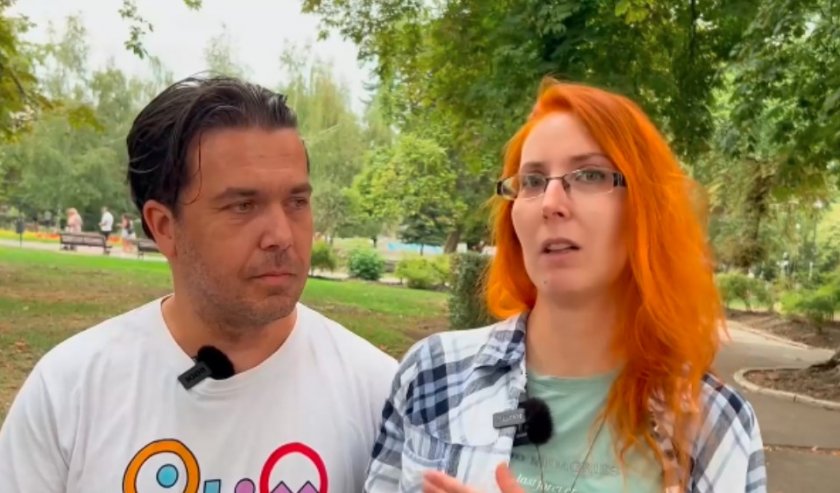 Vliyanieto Na Riana Vrkhu Muzikalniya Stil Na Ed Shiyrn
May 07, 2025
Vliyanieto Na Riana Vrkhu Muzikalniya Stil Na Ed Shiyrn
May 07, 2025 -
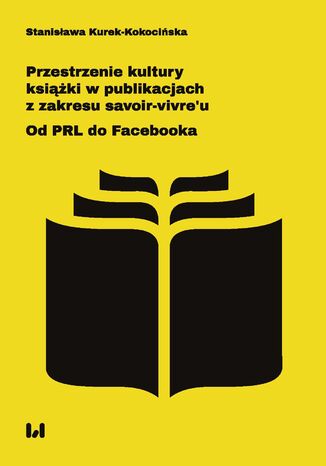 Jacek Harlukowicz Najwiekszy Zasieg W Publikacjach Onetu 2024
May 07, 2025
Jacek Harlukowicz Najwiekszy Zasieg W Publikacjach Onetu 2024
May 07, 2025 -
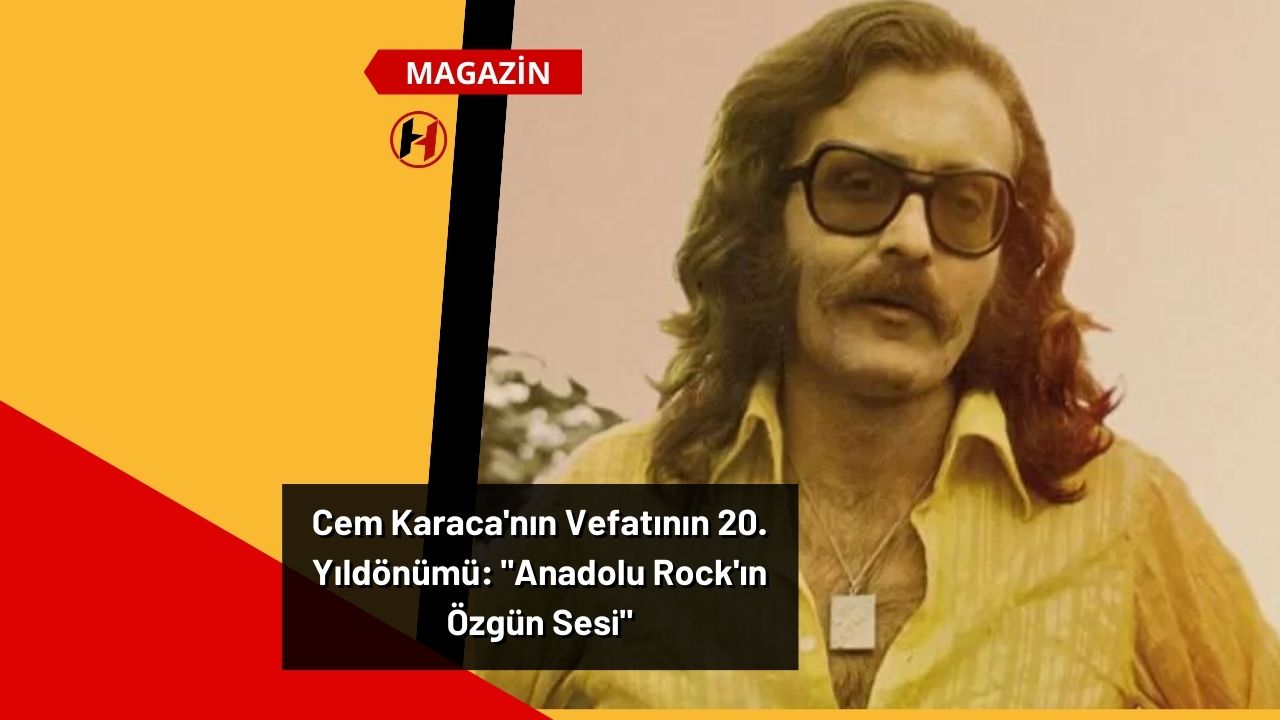 Anadolu Nun Sesi Bati Nin Ruezgari Cem Karaca Ve Eserlerinin Etkisi
May 07, 2025
Anadolu Nun Sesi Bati Nin Ruezgari Cem Karaca Ve Eserlerinin Etkisi
May 07, 2025 -
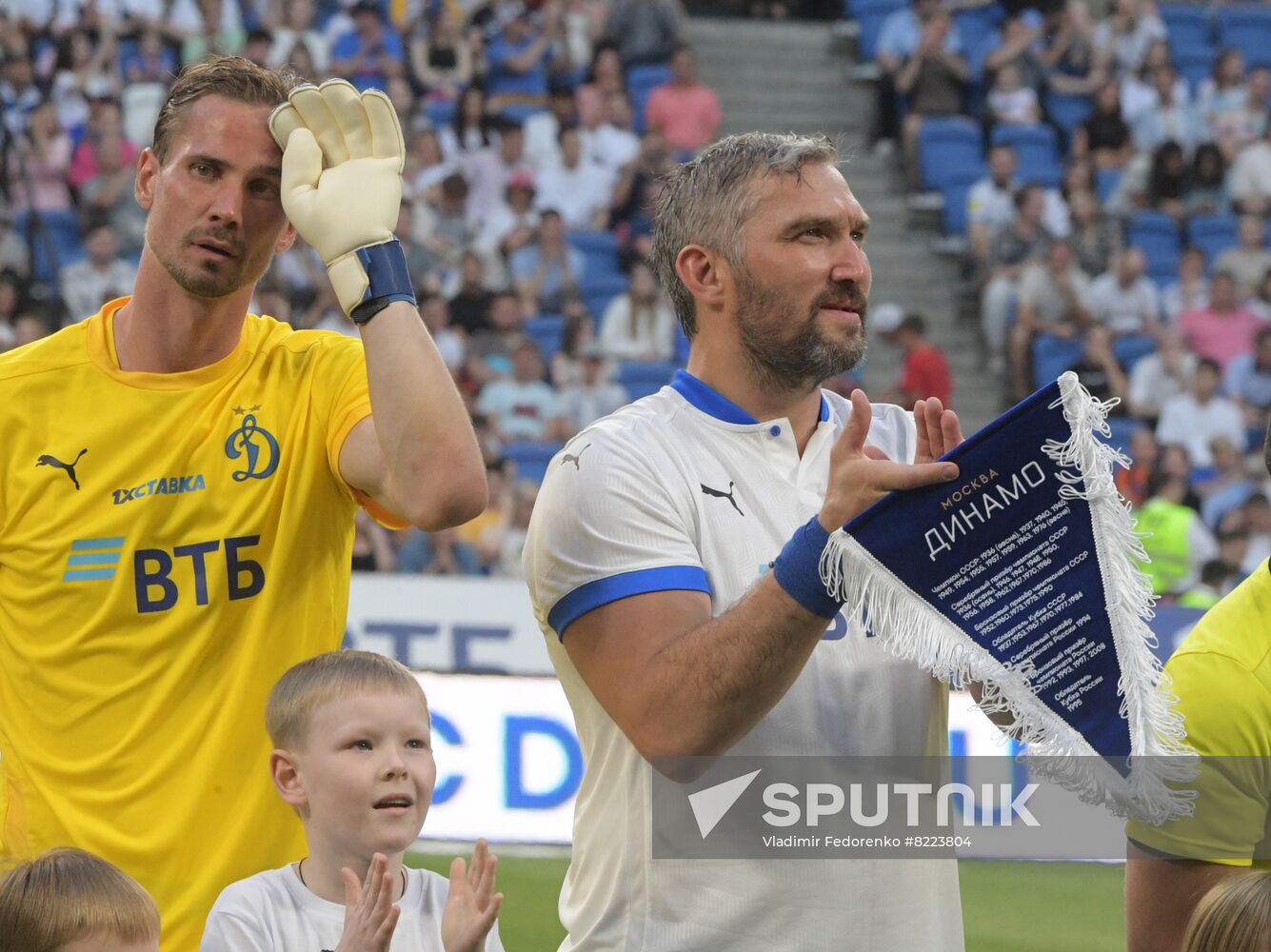 Ovechkin Podtverdil Plany Vernutsya V Moskovskoe Dinamo
May 07, 2025
Ovechkin Podtverdil Plany Vernutsya V Moskovskoe Dinamo
May 07, 2025 -
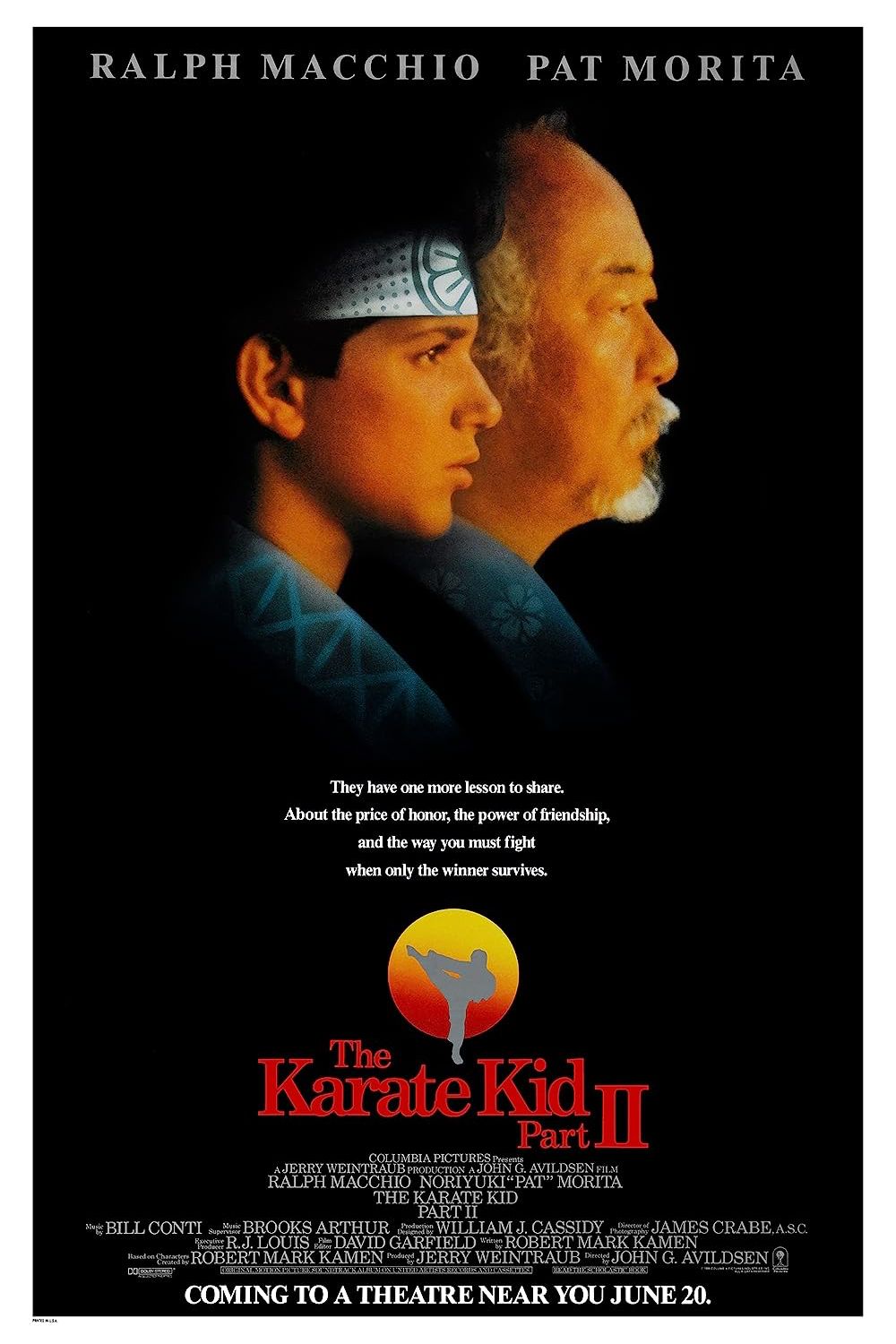 The Karate Kid Part Ii Review Legacy And Lasting Impact
May 07, 2025
The Karate Kid Part Ii Review Legacy And Lasting Impact
May 07, 2025
